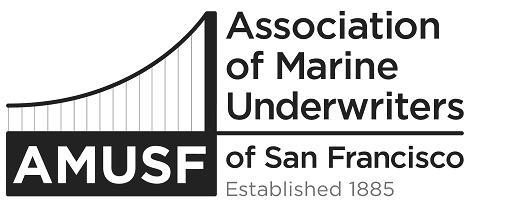K
/Keel
- Centerline strength member running fore and aft along the entire bottom of a vessel; the vessel's backbone to which the ship's ribs or shell plating are attached.
- In modern sailboats, the keel is a weighted appendage to counterbalance the tendency of the vessel to heel from the wind pressing against the sails. It is usually made of lead and can have wings or a bulb attached to the bottom of it. This type of keel is tall and slender, only attaches at the midpoint of the vessel, and does not run the entire length of a vessel. A separate skeg is usually located at the aft end of the vessel in front of the rudder to give the directional stability that a full length keel would give. See also "Skeg."
King Pin
A coupling pin centered on the front underside of a truck chassis; couples to the tractor.
Knocked Down (K D)
Articles which are disassembled either to reduce the cubic footage displaced or to make a better shipping unit, to be re‑assembled at destination; e.g. knocked down furniture.
Knot
Unit of speed equal to one nautical mile (6,080.20 ft.) per hour. One statute mile equals .868 nautical mile, or one nautical mile equals 1.15 statute miles. In the days of sail, speed was measured by tossing a log overboard which was secured by a line to the vessel. Knots were tied into the line at approximately six feet intervals (the breadth of a man’s arm span). As the vessel sailed on, the number of knots passing over the side in a measured period of time was counted and thus became the measure of ship’s speed.
Known Loss
A loss that has already occurred and is known to exist by one or both parties prior to the placement of insurance coverage. As a condition of the placement of the insurance, a warranty "no known or reported losses" is frequently used by the insurance company to exclude such losses.

